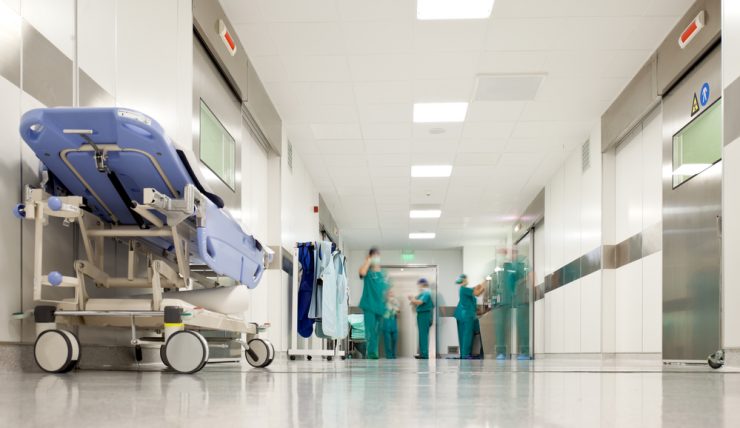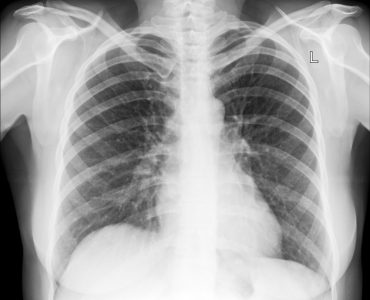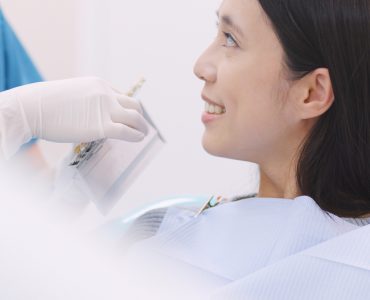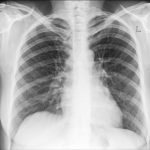A transurethral resection of the prostate (TURP) is the removal of a portion of the prostrate gland that is putting pressure on the urethra. The urethra is the tube that connects the bladder to the tip of the penis. The prostrate gland is a small gland that is situated on the top of the bladder and is somewhat wrapped around the urethra. If the prostrate gland enlarges then there may be trouble urinating and it becomes necessary that transurethral resection of the prostate is done to ease the flow of urine.
The prostrate gland generates the semen during orgasm and usually enlarges as men grow old. This enlargement of the prostrate gland (benign prostatic hyperplasia or BPH) is not responsible for prostrate cancer but it hinders easy flow of urine. Benign prostatic hyperplasia usually occurs in men who have crossed 60 years and its symptoms are:
- Feeling that one needs to urinate urgently
- The urine flow is weak and intermittent
- Difficulty in passing urine
- One may have no control over the leaking of urine
- Urge to go to the toilet more often during the night
These symptoms can be reduced using drugs sometimes but if the symptoms are severe then the doctor may have to do the transurethral resection of the prostate operation. Some of the severe symptoms are:
Infection of the urine and bladder
Unable to urinate may lead to damage of the kidneys
Kidney stones
If the symptoms are becoming worse
The following things are to be kept in mind when suffering from benign prostatic hyperplasia:
- Consume less water two hours before going to bed
- Consuming less alcohol as it forces frequent urination
- One should go to the toilet whenever they feel they should urinate as it may expand the muscle of the bladder.
- Keeping one warm so that it reduces the frequency of the urge to urination
- Exercising helps you to keep yourself active and helps you empty your bladder so that there you urinate less number of times.
At the time of surgery
The operation is carried out under general anaesthesia or epidural anaesthesia. The surgeon takes a thin tube and inserts it into the urethra. He then pushes the tube till it reaches the area of the urethra that is surrounded by the gland. The tube has a light source, a camera to see where the blockage is and it also contains a hot electrical loop that will cut the part of the gland that is blocking the urethra. These pieces are then taken out and sent to lab to see if there are any abnormalities present in the cells. The tube is removed after the operation is done and the patient has to pass urine in the catheter (a tube that will collect urine directly from the bladder). The catheter will be usually removed after two days and the patient will be discharged after three days. The doctor will discharge once he is sure that you are passing urine easily, mild painkillers are enough to relive you from pain. your body temperature is normal and the bowels are open.













